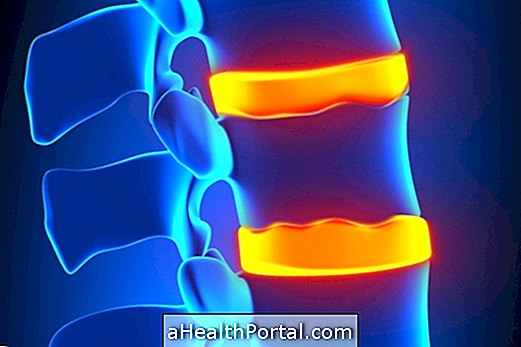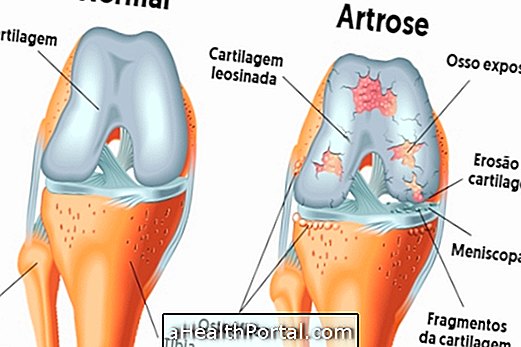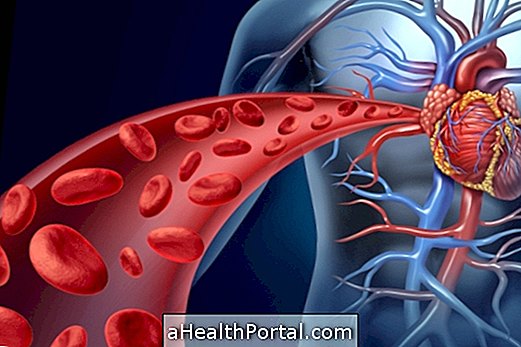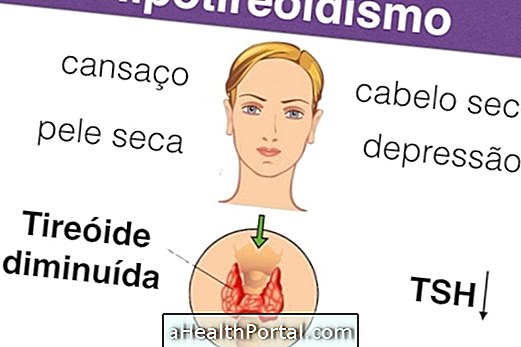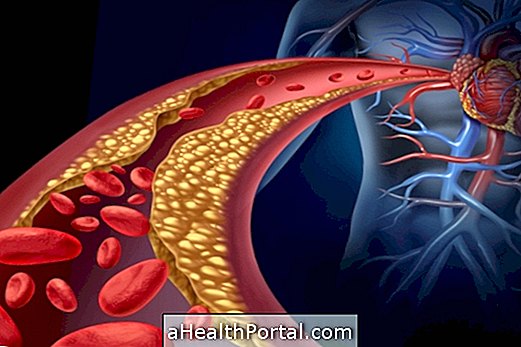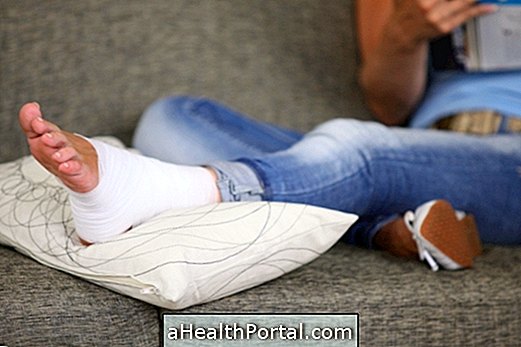Thoracic Rage Syndrome occurs when nerves or blood vessels between the clavicle and the first rib are compressed, causing shoulder pain or tingling in the arms and hands, for example.
Usually, this syndrome is more common in women, especially those who have suffered a car accident or repetitive injury to the chest, but may also develop in pregnant women, reducing or disappearing after childbirth.
The thoracic outlet syndrome has healing through surgery; however, there are other treatments that help control symptoms such as physical therapy and strategies to decrease the compression of the site.
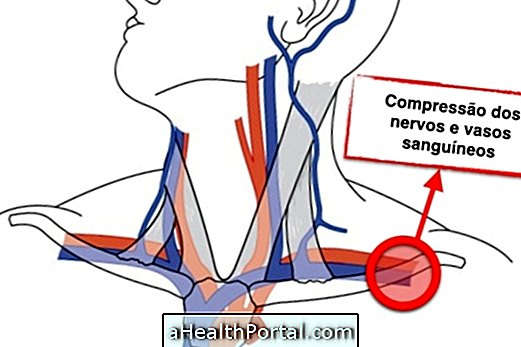
Symptoms of Thoracic Gorge Syndrome
The symptoms of this syndrome can be:
- Pain in the arm, shoulder and neck;
- Tingling or burning in the arm, hand and fingers;
- Difficulty in moving the arms due to weakness and loss of muscle mass;
- Due to poor blood circulation, symptoms such as purple or pale hands and fingers, fatigue, altered sensitivity, decreased temperature in the area;
- Pain on the side of the head and neck, region of the rhomboid and suprascapular muscle, lateral of the arm and above the hand, between the index finger and the thumb, when there is compression of C5, C6 and C7;
- Pain in the suprascapular region, nape, medial part of the arm, between the annular and pinky fingers, when there is compression of C8 and T1;
- When there is cervical rib, there may be pain in the supraclavicular region that worsens when opening the arm or holding heavy objects;
- When there is compression of the veins, symptoms like sensation of weight, pain, increase of the temperature of the skin, redness and swelling, especially in the shoulder can appear.
breastplate
When presenting these symptoms it is important to consult an orthopedist or physiotherapist to make the correct diagnosis with the tests of provocation of the symptoms, the diagnosis is made through the observation of the symptoms, not being obligatory to perform tests, but the X-ray simple and in 2 positions of the cervical spine, thorax and trunk, may be useful to verify the narrowing of the region.

Symptom provocation tests can be:
- Adson's test: The person should take a deep breath, turn the neck back and turn the face to the examined side. If the pulse decreases or disappears, the signal is positive.
- 3 minute test: open the arms in external rotation with 90 degree elbow flexion. The patient should be opening and closing his hands for three minutes. Reproduction of symptoms, numbness, paresthesia and even inability to continue the test are positive responses. Normal individuals may have limb fatigue but rarely paresthesia or pain.
Other tests that may be ordered by the doctor include computed tomography, magnetic resonance imaging, myelography, MRI, and Doppler ultrasonography that may be ordered when other diseases are suspected.
Treatment for Thoracic Gorge Syndrome
Treatment should be guided by an orthopedist and is usually started by taking anti-inflammatories, such as Ibuprofen and Diclofenac, or analgesics, such as Paracetamol, to relieve symptoms in times of crisis. In addition, it is recommended to do physiotherapy to strengthen the muscles and improve the posture, avoiding the appearance of these symptoms.
The use of warm compresses and resting may be useful for relieving discomfort, but in addition, if you are overweight you should lose weight, avoid raising your arms above the shoulder line, carrying heavy objects and bags on your shoulders. Neural mobilization and pompage are manual techniques that can be performed by the physiotherapist, and stretching exercises are also indicated.
Exercises for Thoracic Gorge Syndrome
The exercises help to decompress the nerves and blood vessels near the neck, improving blood flow and relieving symptoms. It is recommended to consult a physiotherapist before doing the exercises, adapting them to each case.
Exercise 1
Tilt your neck to the side as much as possible and stay in this position for 30 seconds. Then do the same exercise to the other side and repeat 3 times.
Exercise 2
Stand, put the chest out and then pull the elbows back as far as possible. Stand in this position for 30 seconds and repeat the exercise 3 times.
In more severe cases, where the symptoms do not go away with the use of medications or physical therapy, the doctor may advise vascular surgery to decompress the vessels and nerves affected. In surgery one can cut the scalene muscle, remove the cervical rib, remove structures that may be compressing the nerve or blood vessel, and that is responsible for the symptoms.
